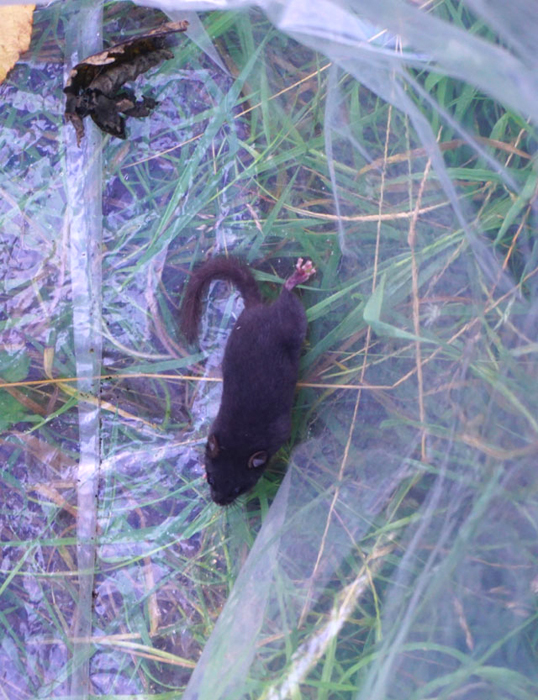Somerset has one of the most varied range of habitats in the country. From upland heath and moors to lowland meadow and wetlands. Within reach of most people are sights and sounds that could not be found elsewhere.
Somerset is a rural county of rolling hills such as the Blackdown, Mendip and Quantocks Hills and Exmoor National Park through to large flat expanses of land including the Somerset Levels and Moors.
In the far west of the county, running into Devon, is Exmoor, a high Devonian sandstone moor, which was designated as a national park in 1954. The highest point in Somerset is Dunkery Beacon on Exmoor, with an altitude of 519 metres (1,703 feet).
The species rich limestone grasslands to the booming bitterns or the mating dance of the Great Crested Grebe. In Somerset you can see in one county that which others would have to travel large distances for.
UKs first recorded Black Dormouse

A rare black dormouse was discovered in the Blackdown Hills Area of Outstanding Natural Beauty in 2016. It is the only black dormouse ever recorded in the UK.
The first black dormouse was recorded in northern Germany in 1972. The dormouse’s black colour is thought to be a quirk of nature caused by a recessive gene, rather than a new species entering the country.
Britain has only one native species of dormouse, the hazel dormouse. The discovery is a hazel dormouse, but instead of having the normal golden-brown fur this individual is black.
In other mouse news: 22 maternity nests for Harvest mice have been found on the Catcott reserve in 2023, it was last recorded there in 1997.
Large Blue butterfly reintroduction
The large blue butterfly was always rare, but in 1979 it was officially declared extinct in Britain.
But in 1984, scientists discovered that the butterfly can only survive in the nest of one species of red ant called Myrmica sabuleti. The caterpillars produces scents and songs that trick red ants into believing they are one of their own grubs, and they are carried underground into the ants nest and placed with the ant brood. They then spend the next 10 months feeding on the grubs before pupating in the nest the following year and then emerge to crawl above ground as butterflies.
A small number of people were responsible for leading a detailed study followed by a reintroduction programme which has become a real success story. In 2018 there were 10,000 adults in Somerset and Gloucestershire and over 250,000 eggs were laid on the Green Down alone, populations can also now be found across the East Polden hills.
Wetland Bird success
The Somerset Levels were home to the UK’s first breeding pair of great white egrets in 2012. Since then numbers have increased year on year; in 2022/23 an incredible 48 nests were found across the Avalon Marshes, with four on Westhay Moor National Nature Reserve.
At the turn of the 20th century, bitterns were extinct in the UK, they made a recovery however were further threatened in the 1990’s. Conservation efforts since then have lead to a 61% increase in bitterns from 2014-2022.
Marsh Harrier’s were also extinct in the 19th century but since then numbers have increased, especially within the Avalon Marshes. Extensive restoration and creation of reedbeds and wetlands have resulted in the recording of at least 12 males and 15 breeding females, 11 nests were successful in fledging a minimum of 26 young, the highest number so far recorded (from Jeffrey Holmes’ marsh harrier breeding report 2023).
If you have any interesting facts about Somerset please – let us know.